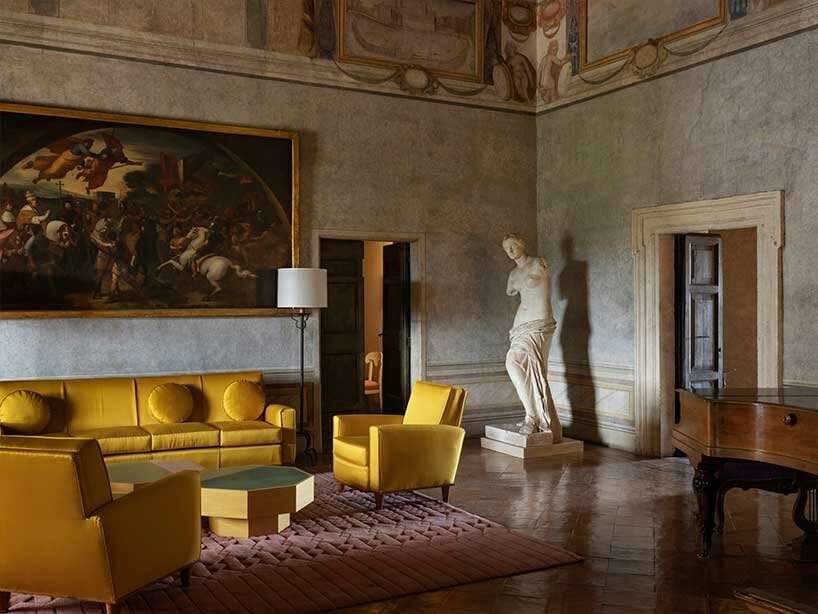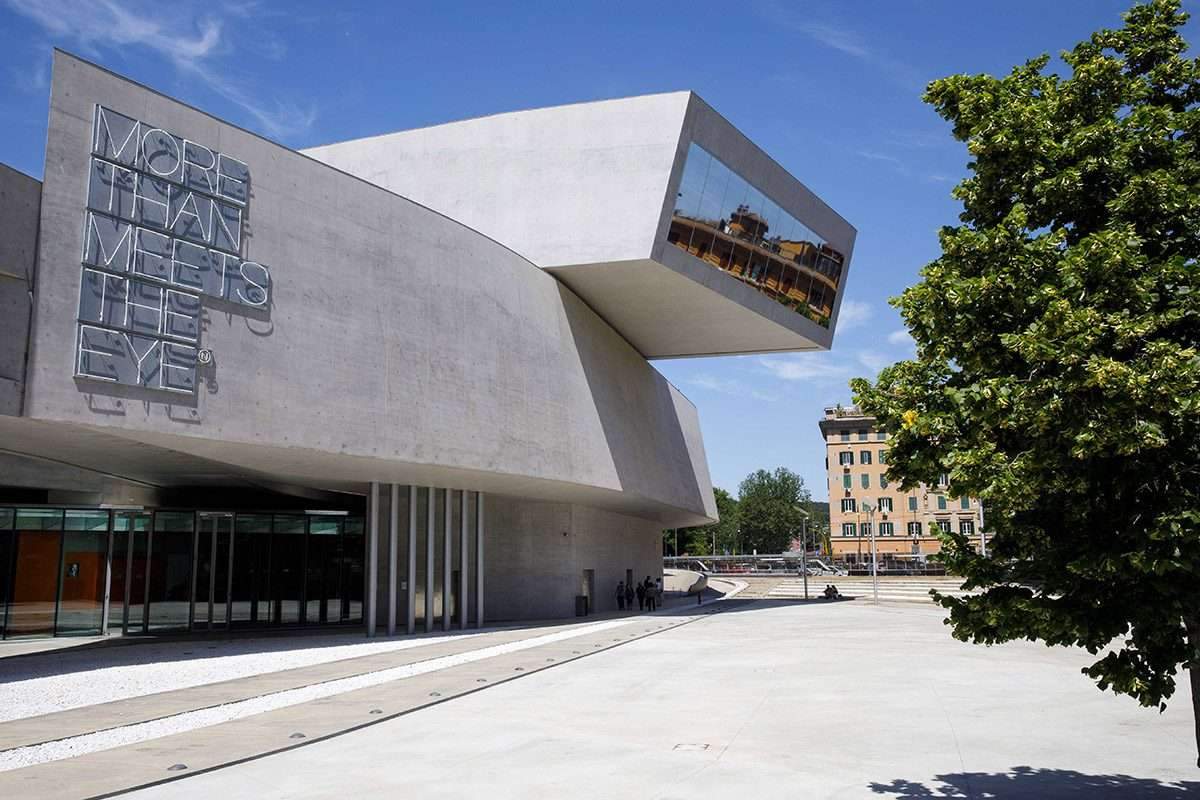New Zealand architecture firm Smith Architects has built an early learning center with a circular green roof in the heart of Mairangi Bay in Auckland, New Zealand.

Design Features
The 729 square meter building, named after Kakapo Creek Children’s Park,
accommodates up to 100 children in the heart of Mairangi Bay to complete their future education.
The circular center is characterized by its simple design that provides a meeting space in the middle,
connected to the inside and outside.
According to the studio, the design is inspired by the idea of Nga Hau E Wha,
which means that the four winds are symbolic as a meeting place for people of all backgrounds.
Smith Architects gives the building a simple and elegant look,
transforming it into a circular shape to create a central meeting space.

Design shape
The building consists of four main classrooms, technical rooms, offices and staff planning room
– all arranged around the central courtyard – plus a playground and outdoor parking.
The shape of the curve was derived from the shape of the stream that forms the site boundary on the north side of the building and helps root the building in place.
The studio aims to connect the children and provide more meeting space and easy circulation throughout the building,
and for this reason, the four classrooms are completely glazed into the courtyard
which then allows communication between the interior and exterior, and between the rooms themselves.
The building’s elegant form is topped with laminated timber (also known as plywood) –
a pitched roof canopy and green roof, further unifying the spaces below, blending the building with its natural environment.
Providing its natural aesthetics through form and simple choice of materials,
the studio adds other sustainable and luxury features to the projects.

Building an educational center for children with a green circular roof
For example, natural ventilation is provided by glass doors and windows – zero carbon.
Heating and cooling is provided by electric heat pumps hidden above the ceiling in the bathrooms – cost effective to operate and low carbon.
The project includes extensive landscaping around the building and on the roof with native plants to enhance biodiversity.
Providing its natural aesthetics through simple form and choice of materials,
the studio adds sustainable and luxury features to the projects.
The studio maximizes daylight using wide-band glazing so that no artificial lighting is required in the daytime.
Design material
The architects used low profile glass to reduce heat loss and insulate the roof and wall well above the minimum building code.
All LED lighting is low wattage, extremely low carbon.
The team placed all services under the building’s raised floor for easy access for maintenance or alteration and renovation.
Materials in the studio were recycled from the existing home to the full stadium finishes.
The carefully positioned building meant that only 3 small trees needed to be removed – and the new landscaping provided so much more.
The design of the building is also unique but adaptable – locals thought it was a restaurant or bar and not childcare,
so the building could easily be adapted into the future if childcare was unsustainable.
For more architectural news






